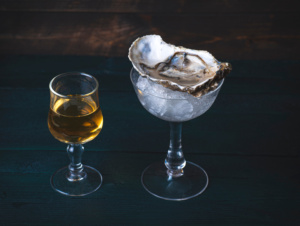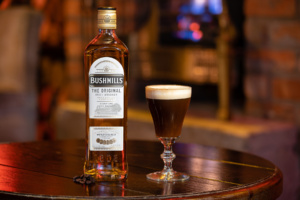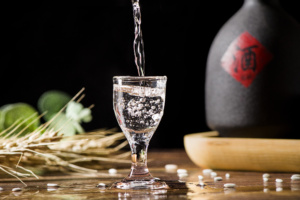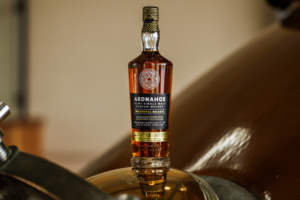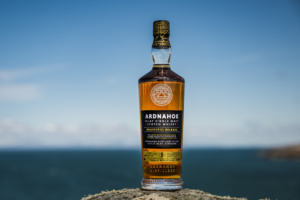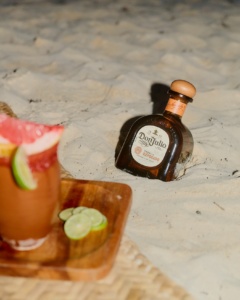What Is The Difference Between Proof and ABV?
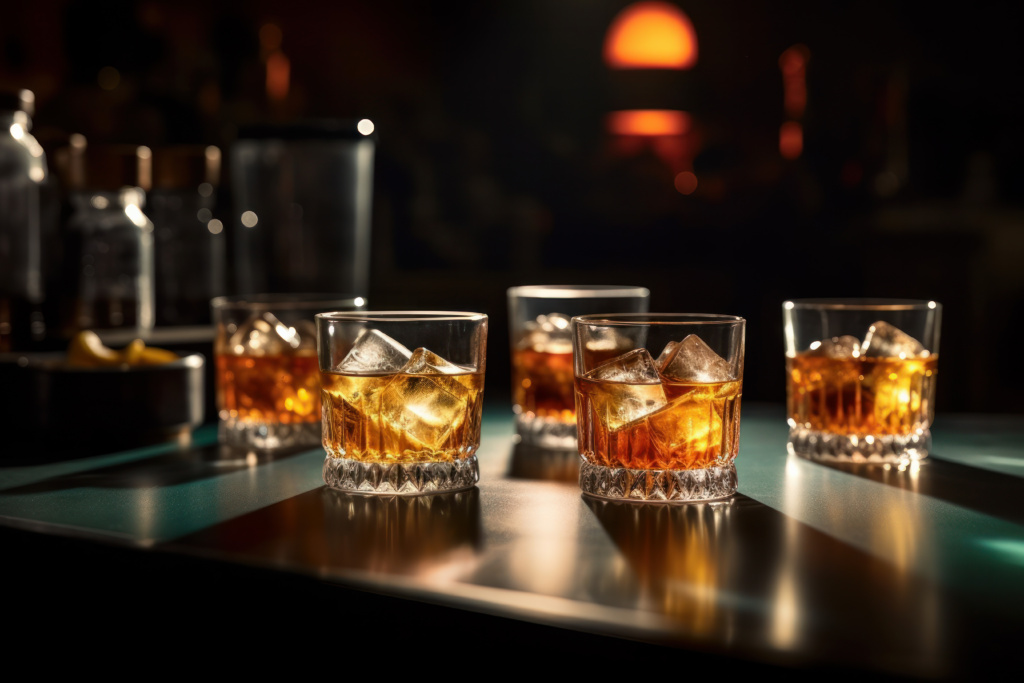
ABV is the standard measure of how much alcohol is contained within a given volume of an alcoholic drink. For example, most standard whiskies are diluted with water to a strength of 46% abv, after being decanted from the cask to make for a more palatable drinking experience.
Cask strength whiskies, those bottled directly from the barrel as is, are typically between 57% abv and 65% abv, with this figure dropping with multiple-decade-long maturation times.
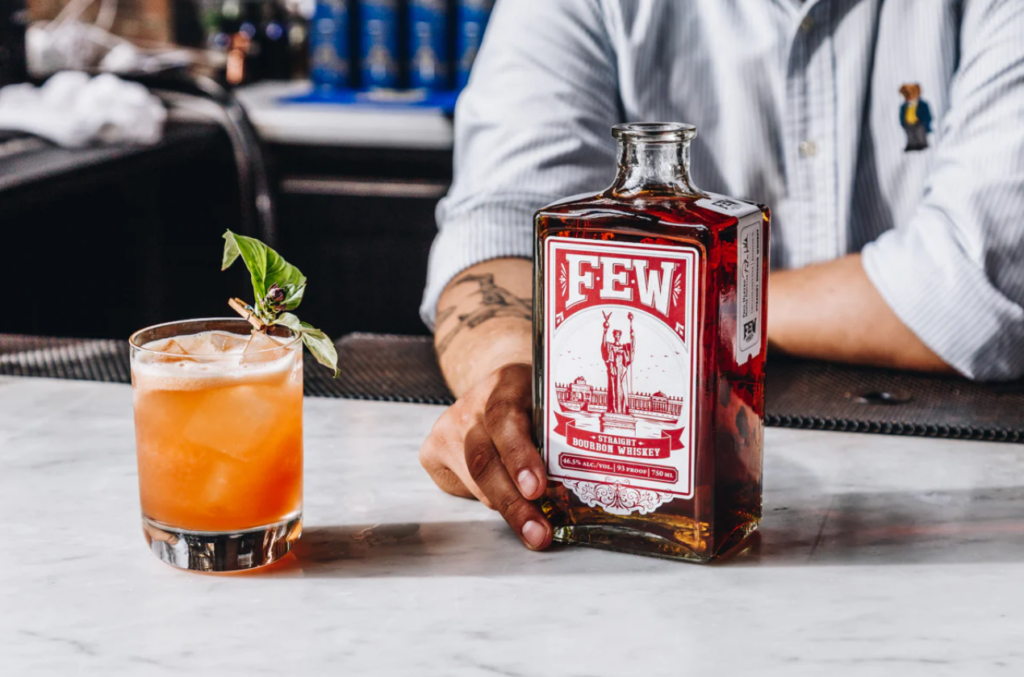
However, you will find that American Whiskeys choose to define the strength of their liquid by 'proof' in addition to abv. Put simply, a spirit’s proof is double the abv level. For example, FEW Bourbon is 46.5% abv, and 93 Proof.
Rum is also commonly defined by proof, especially those hailing from the Americas. 'Overproof' rum, such as Pusser's is a term meaning undiluted - like cask strength. The whiskey term 'Full Proof', like 1792, means that the liquid has been diluted back down to the strength that the original distillate was, before the levels fluctuated after several years of aging in the barrel.
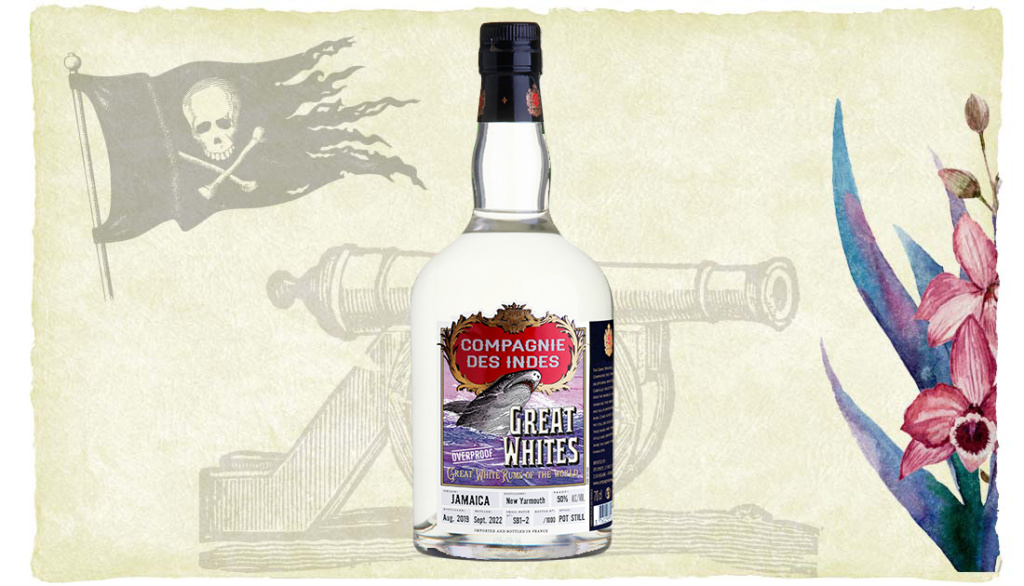
Although now commonly used in the bourbon world, the term proof was actually invented in 16th century England. Back in the day, spirits were tested with a "burn-or-no-burn" test, in which spirit that would ignite was said to be "above proof", and one which would not was said to be "under proof". This is where the term originated, the flame being 'proof' that the product was not of inferior quality, or watered down.
In 1973, the European Union began to phase out the term in favour of ABV, and, following suit, the UK adopted ABV in 1980. Currently, US law mandates the use of ABV as a standard throughout the industry, though it permits proof to be used in addition.
 4.7/5 with 10,000+ reviews
4.7/5 with 10,000+ reviews
